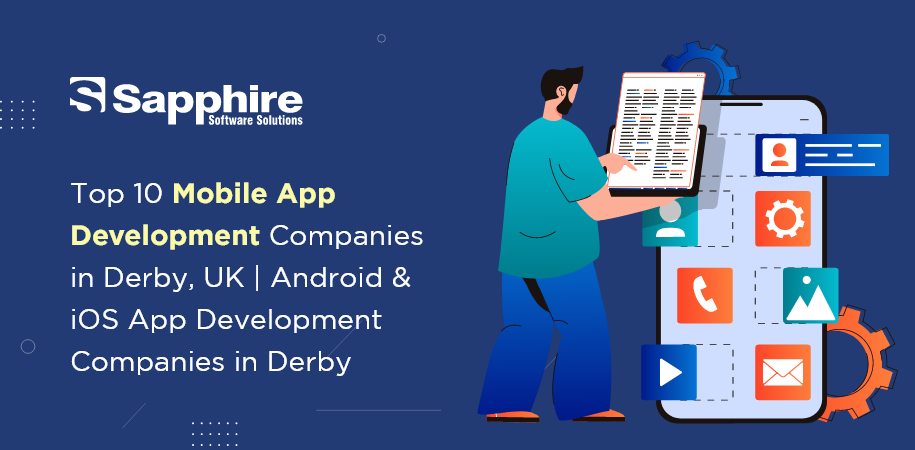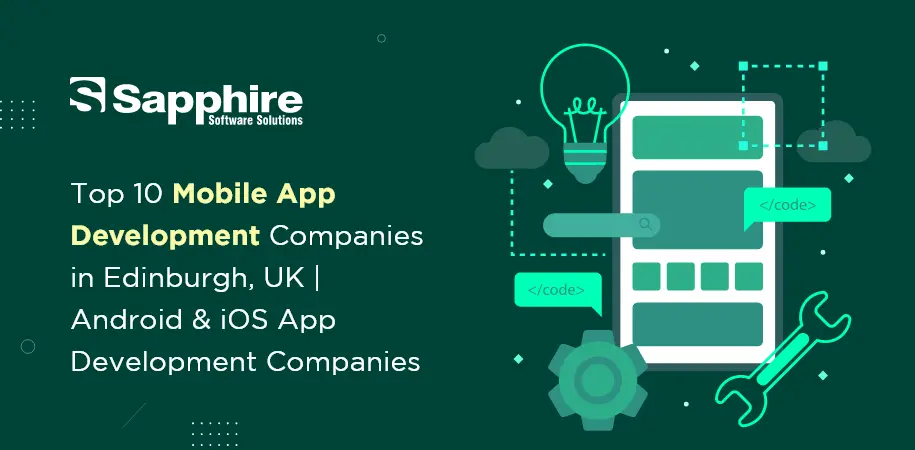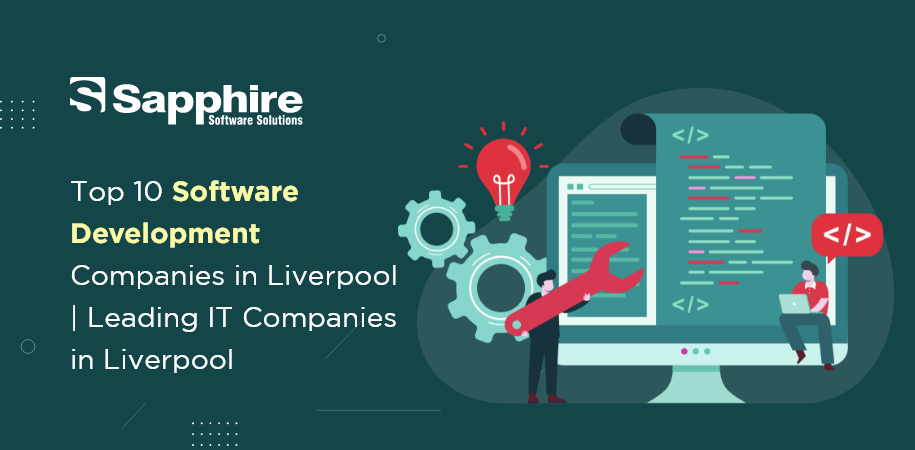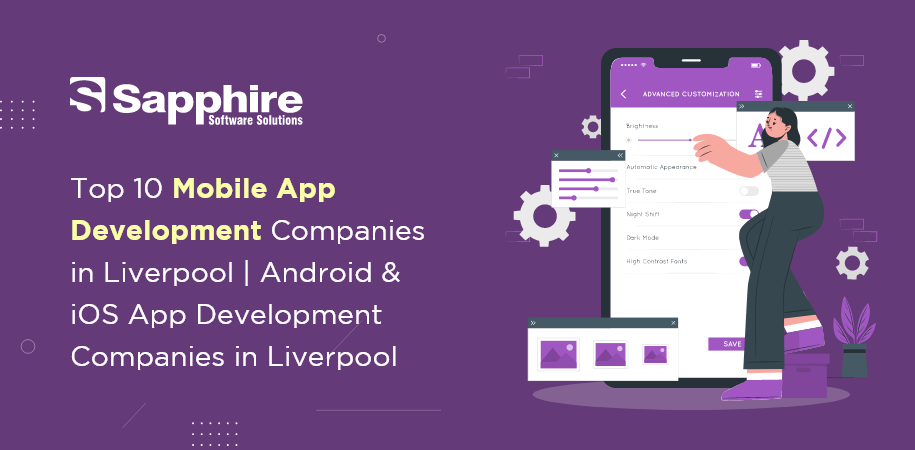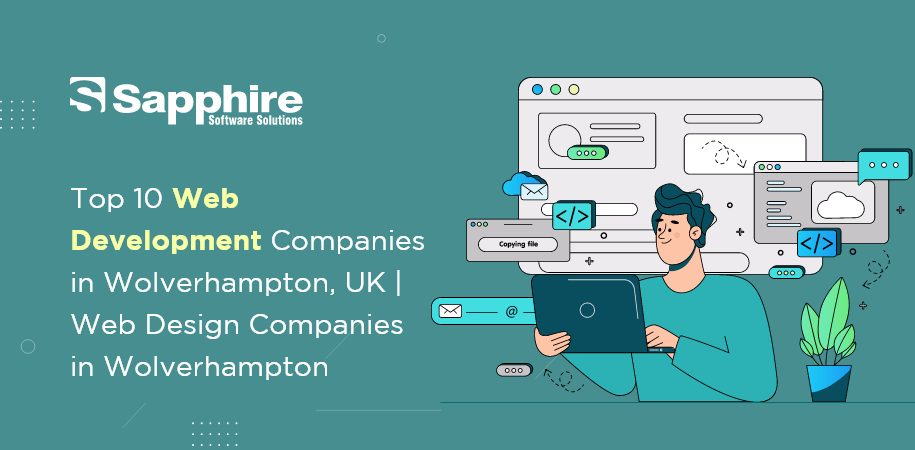Tag: Artificial Intelligence
All Posts
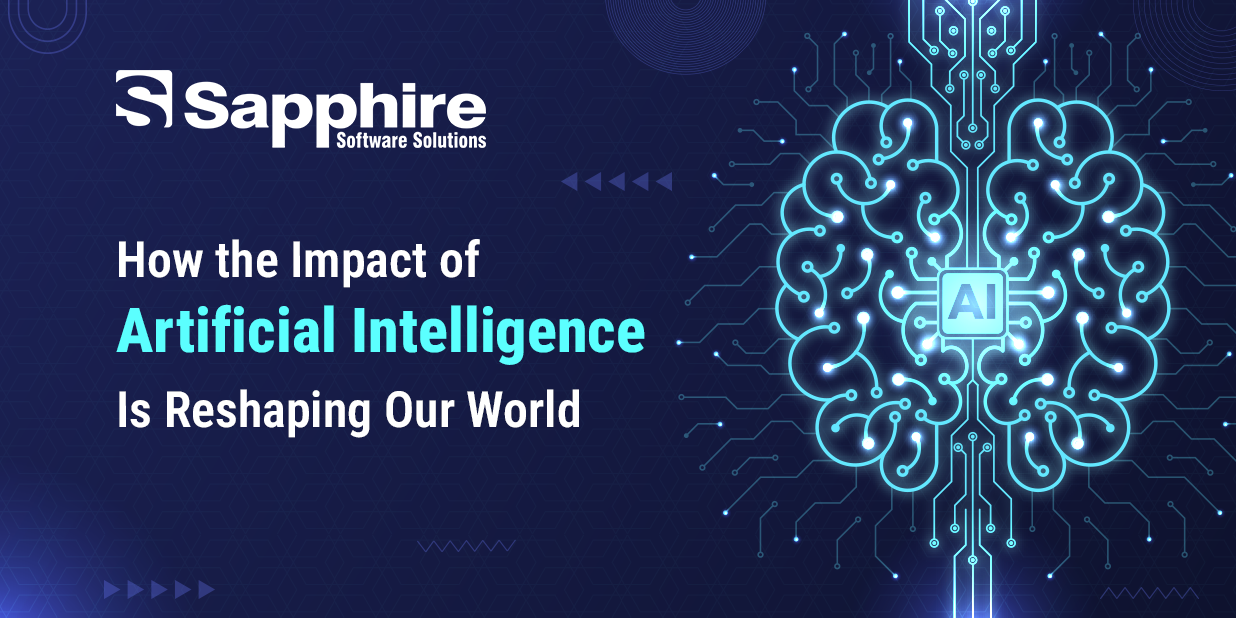
How the Impact of Artificial Intelligence Is Reshaping Our World?
Parth Patel
in
Artificial Intelligence Development
June 23, 2025 · 6 min read
Artificial intelligence (AI) is no longer a futuristic concept; it is here, reshaping every aspect of our lives. From healthcare and education to marketing and agriculture, the impact of artificial intelligence is being felt in ways that were unimaginable just a decade ago. In this blog, we’ll walk through how AI has…
Read more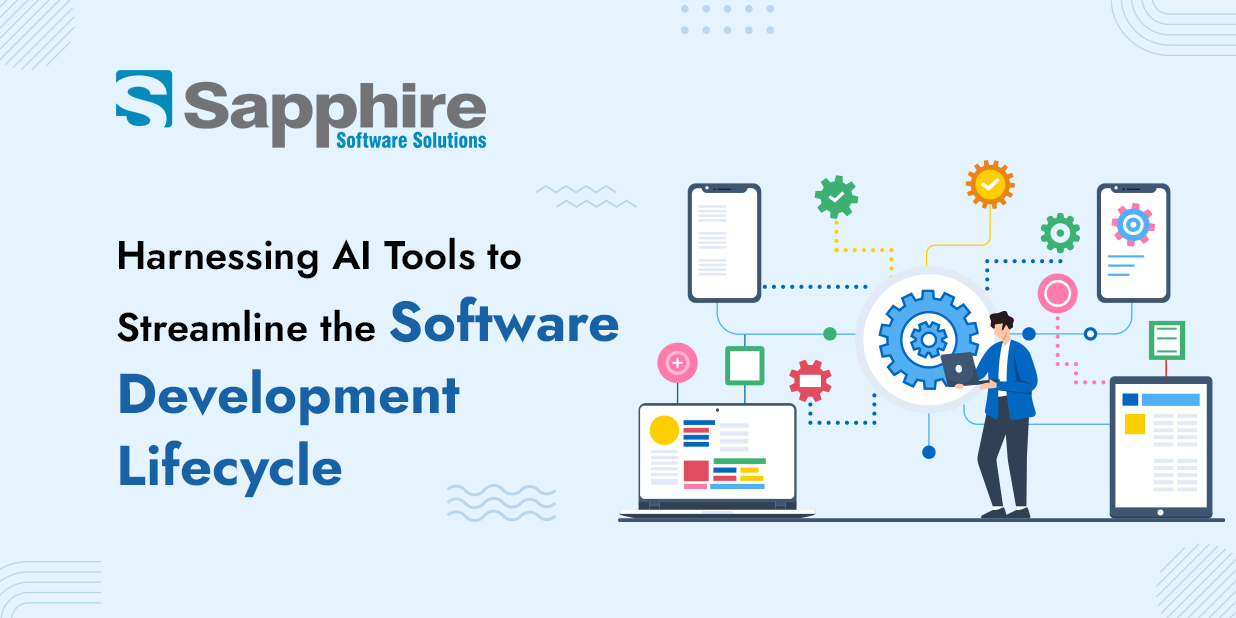
Harnessing AI Tools to Streamline the Software Development Lifecycle
Parth Patel
in
Software Development
May 16, 2025 · 5 min read
AI is generator of next-level innovation, particularly in software development, and is no longer exclusively a trendy term in IT circles. Developers are increasingly dependent on AI technologies to automate, analyze, and help throughout the Software Development Lifecycle (SDLC) due to deadlines, rising complexity, and pressure to provide high-quality code…
Read more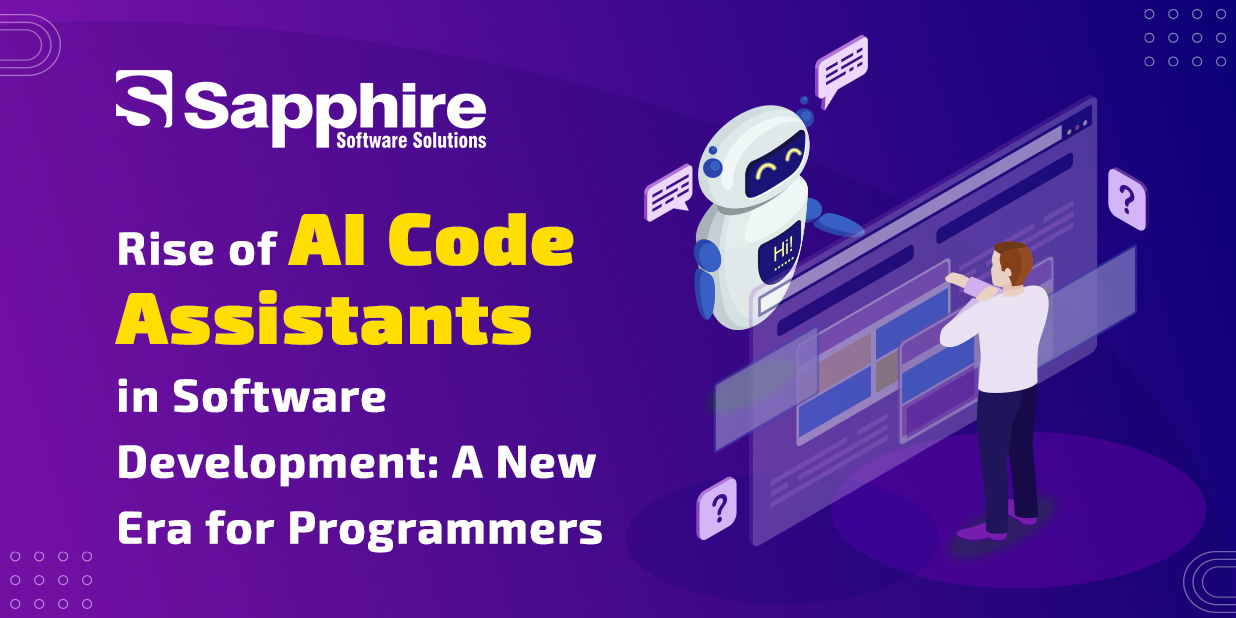
Rise of AI Code Assistants in Software Development: A New Era for Programmers
Parth Patel
in
Artificial Intelligence Development
April 9, 2025 · 5 min read
I still remember the first time I watched a senior developer use a best AI coding assistant. As they typed, code suggestions appeared almost magically, completing functions and even generating entire blocks of code. “These changes everything,” I thought to myself. And I wasn’t wrong. What Are These AI Coding…
Read more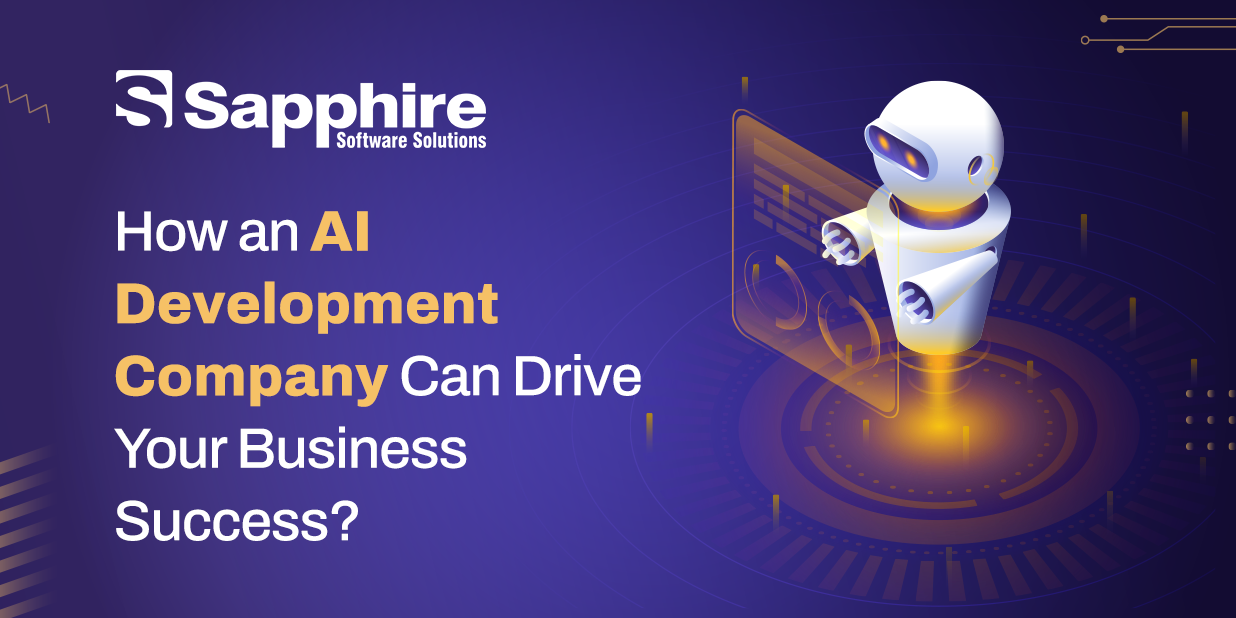
How an AI Development Company Can Drive Your Business Success?
Parth Patel
in
Artificial Intelligence Development
April 2, 2025 · 9 min read
Artificial Intelligence (AI) is revolutionizing industries, transforming the businesses operations and innovation. An AI app development company can help businesses harness AI to drive automation and efficiency across sectors like healthcare, finance, retail, and manufacturing with advancements ranging from machine learning and deep learning to natural language processing (NLP) and computer vision. But as…
Read more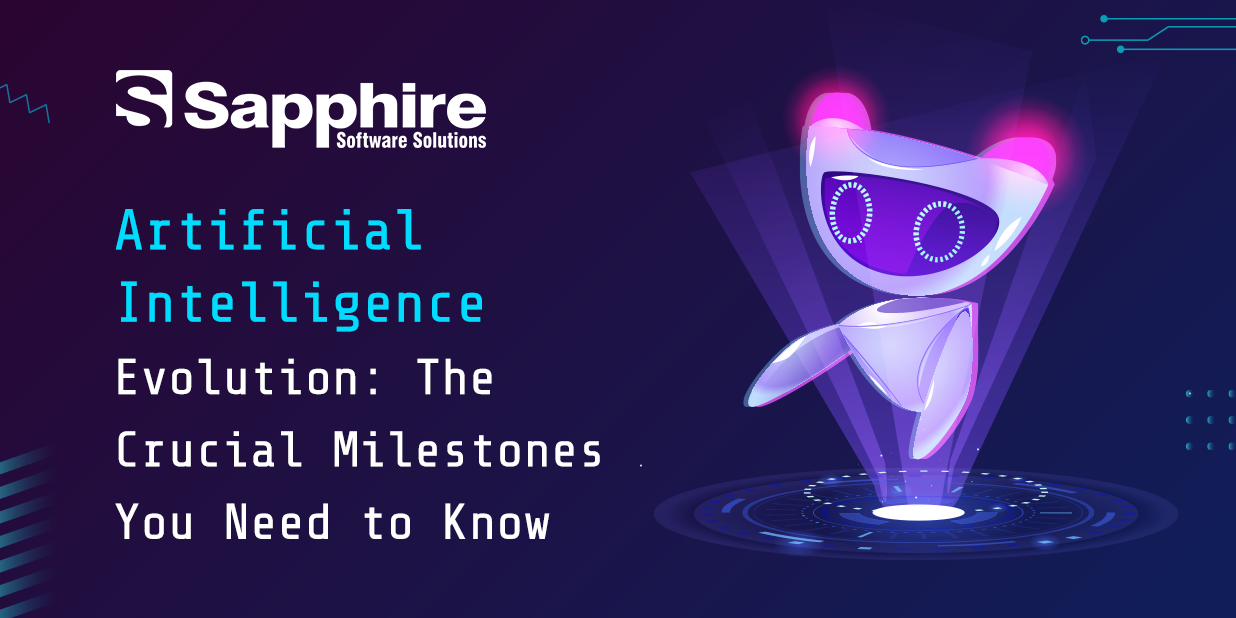
Artificial Intelligence Evolution: The Crucial Milestones You Need to Know
Parth Patel
in
Artificial Intelligence Development
August 22, 2024 · 4 min read
Artificial Intelligence (AI) quickly moved from the realm of science to real world application, changing industries and impacting our everyday lives. But what’s the backstory? AI’s journey includes key events that built today’s smart systems. Let’s dive into the big happenings that formed AI, turning it into one of the…
Read more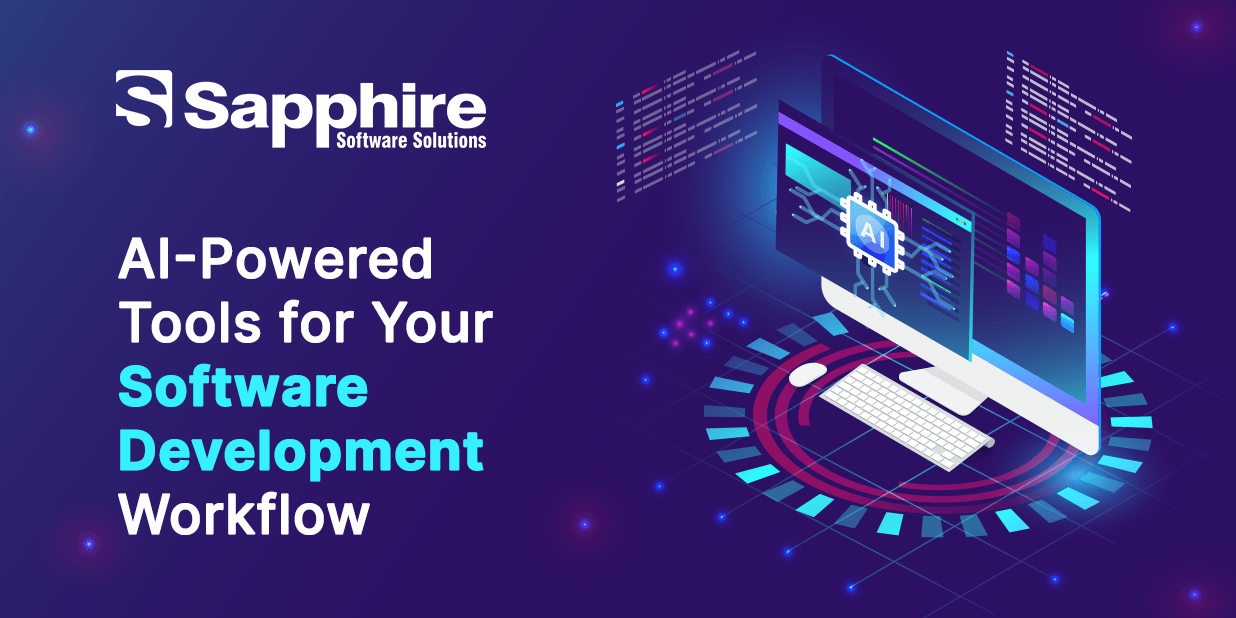
AI-Powered Tools for Your Software Development Workflow
Parth Patel
in
Software Development
October 5, 2023 · 5 min read
New technologies and techniques help businesses develop software in less time. Artificial intelligence helps developers boost productivity and code quality. To deep dive, we’ll look at eight AI-powered solutions that help businesses speed up their software development services in USA. 1. Code Generation with OpenAI’s GPT-3: A ground-breaking breakthrough in…
Read more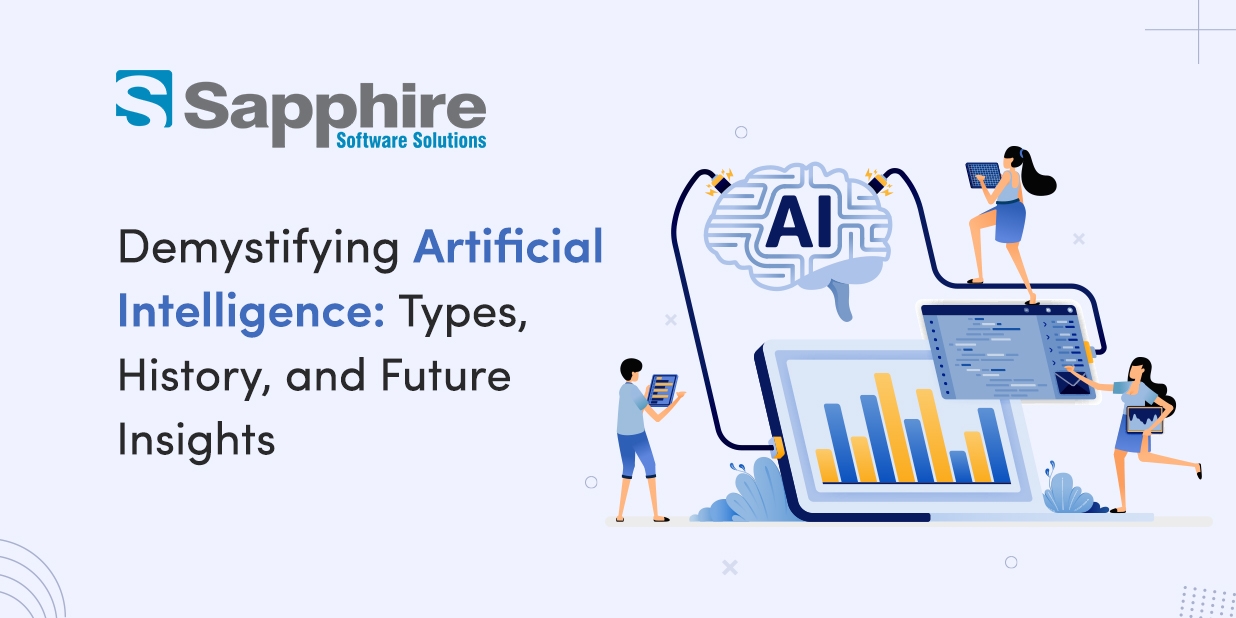
Demystifying Artificial Intelligence: Types, History, and Future Insights
Parth Patel
in
Artificial Intelligence Development
July 26, 2023 · 6 min read
AI has changed the way humans are interacting with technology. From using AI in day-to-day applications to using it to automate human tasks, this technology is reshaping this world. The forms, background, and potential applications of AI may be difficult to comprehend and are sometimes masked by myths. This blog…
Read more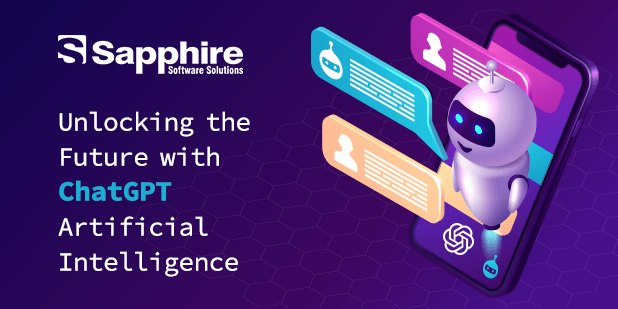
Unlocking the Future with ChatGPT Artificial Intelligence
Parth Patel
in
Artificial Intelligence Development
February 9, 2023 · 7 min read
Modern technology relies heavily on artificial intelligence, which works in the background to replicate human intelligence and aid us in numerous ways. As AI continues to improve and develop, we see unprecedented advancements. ChatGPT is here to demonstrate how sophisticated artificial intelligence has evolved by introducing many breakthroughs. Here, we…
Read more















